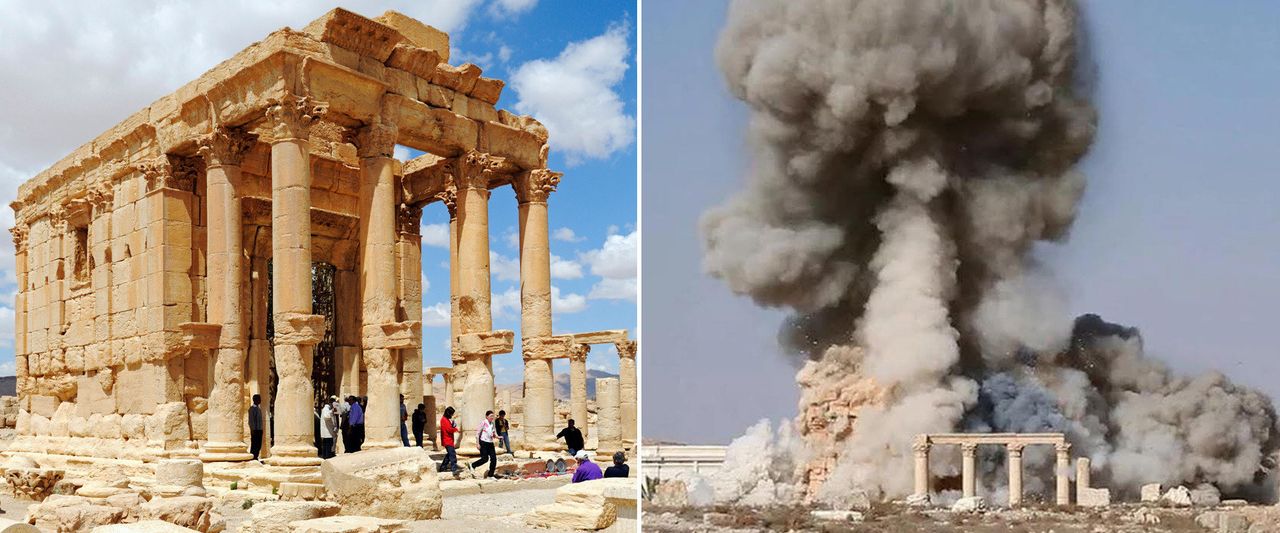The fifth anniversary of the Syrian civil war has highlighted how quickly a once stable economy and illustrious tourist destination has become one of the most dangerous and devastated places on Earth.
With no hint of the destruction that would befall the country in 2011, recent travel guides from the previous decade allude to Syria's fascinating diversity, its iconic monuments and thousands of years of history.
Yet from the monuments of Palmyra to the scenic holiday resort of Zabadani, and the souks of Aleppo, travel books from Lonely Planet and Rough Guide now make for truly haunting reading.
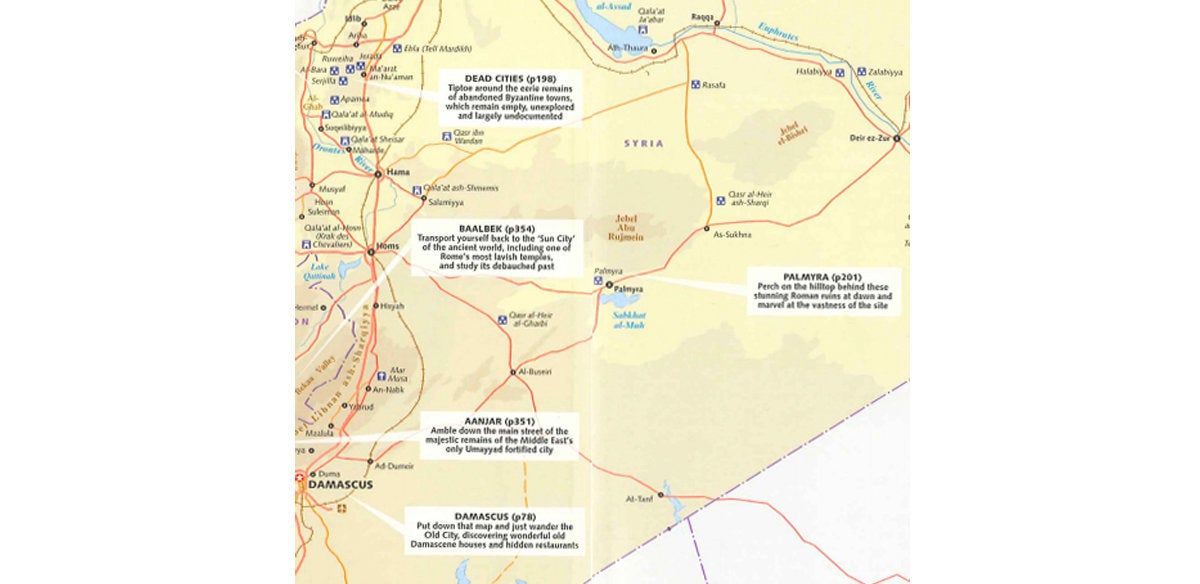
Now, attractions that once drew foreign visitors from across the world have changed beyond almost all recognition, acting as a tragic reminder of the estimated 250,000 people killed in the war and the 12 million others who have been displaced.
Historic Aleppo, Syria's largest city and former commercial centre, has been devastated. Its ancient souks and the famed Umayyad Mosque complex have been trashed, its 11th century minaret toppled.
The city of Homs, Syria's third largest, lies in ruins, entire blocks reduced to rubble or uninhabitable husks of housing. Rebel-held towns around the capital of Damascus such as Jobar, Douma and Harasta are now a vista of collapsed buildings and rubble.
A preliminary World Bank-led assessment in six cities in Syria - Aleppo, Daraa, Hama, Homs, Idlib, and Latakia - released in January showed an estimated $3.6-4.5 billion in damage as of the end of 2014.
Almost all of Syria's UNESCO World Heritage sites have been either damaged or destroyed, including Aleppo in the north, the ancient town of Bosra in the south, the Crac des Chevaliers - one of the most important preserved medieval castles in the world - and the Palmyra archaeological site.
Palmyra
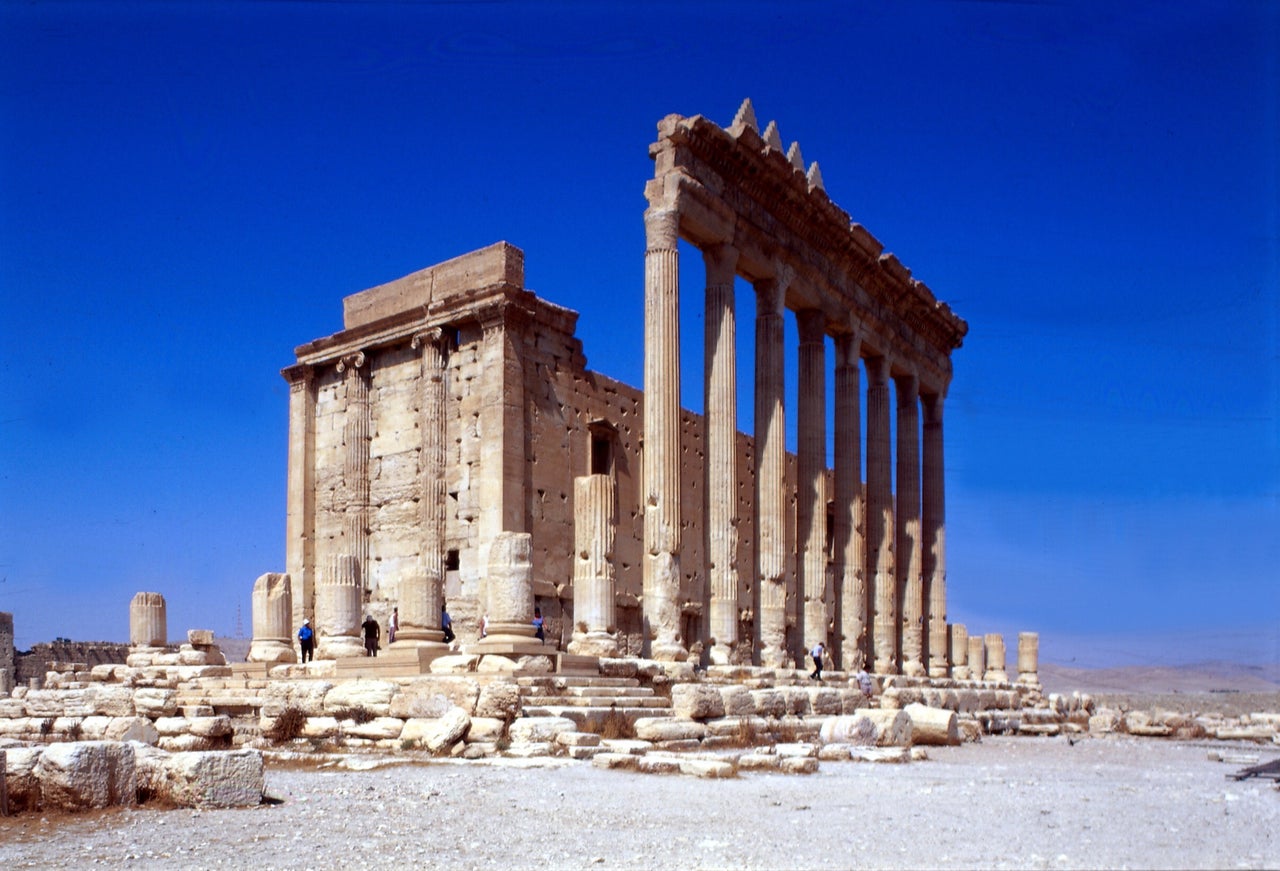
Palmyra is home to some of Syria’s most important and monumental ancient ruins.
But the UNESCO World Heritage site would now be irrecognisable to those who had visited as little as five years ago.
In its 2008 guide, Lonely Planet advises visitors the ruins are becoming more popular with foreigners, saying "the flow of tourists is still often little more than a trickle."
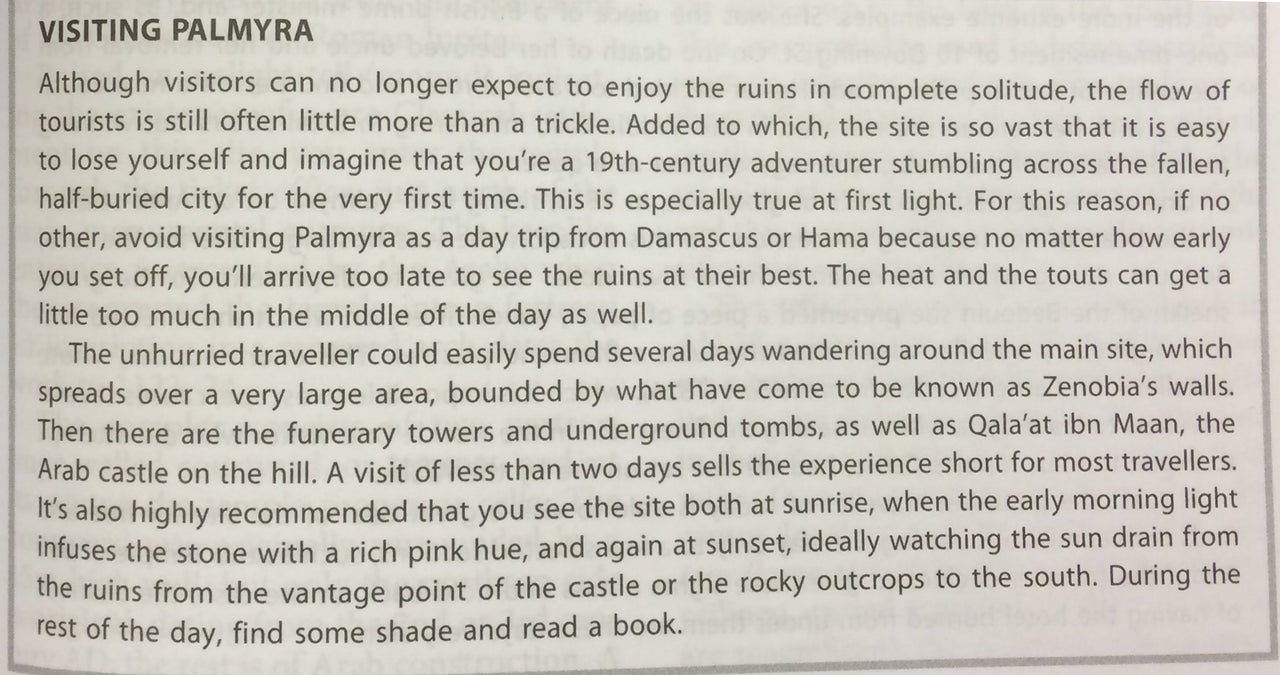
Rough Guide highlights a "rising swell of tourism" with the only drawbacks of the city being "the dust, flies and intense heat."
And a glowing TripAdvisor review from May 2011 reads: "The variety of buildings is amazing and the whole place is full of history."
Yet today Palmyra finds itself at the centre of destruction after being captured by so-called Islamic State, also known as IS, Isis and Daesh, militants in May 2015.
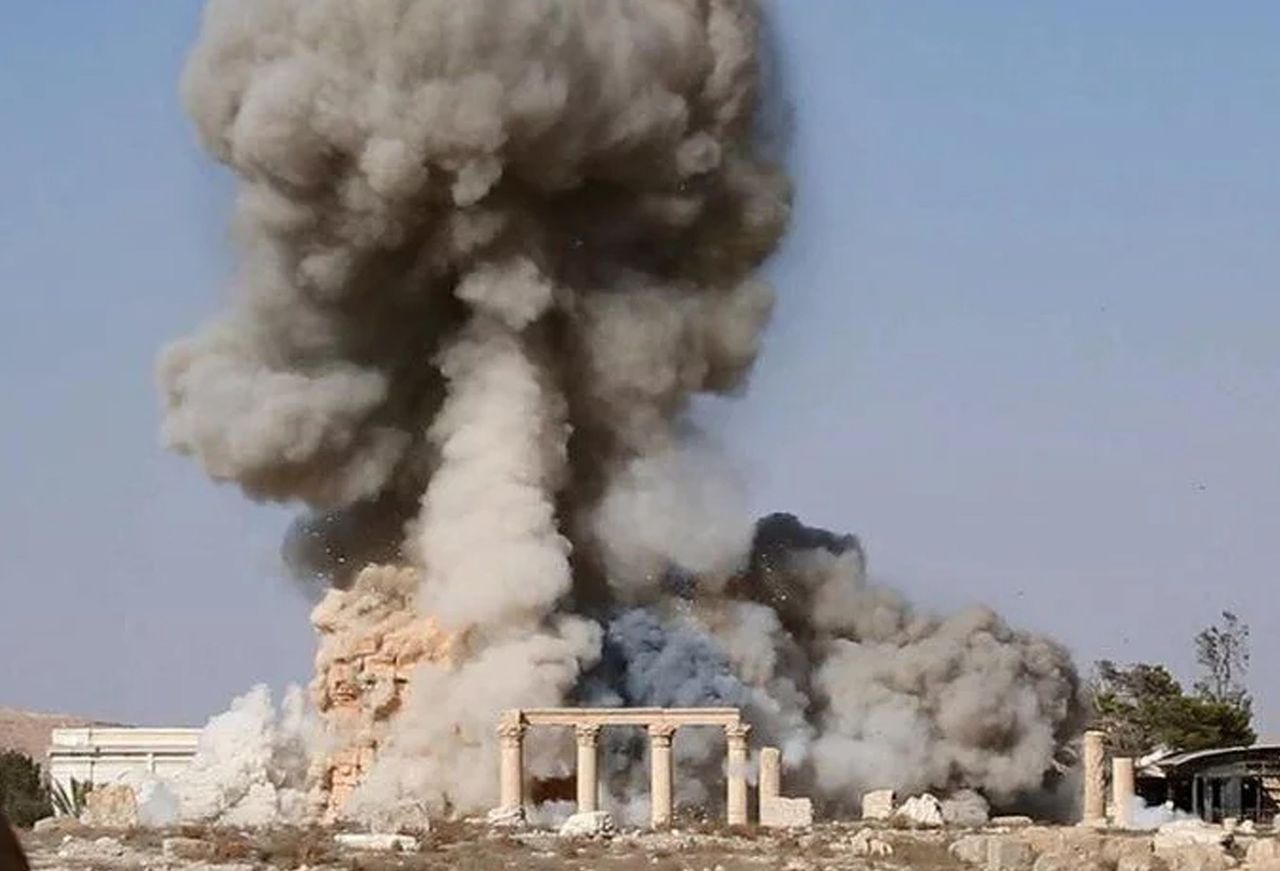
The city is a stronghold of Isis and its historic ruins have been used to host macabre ceremonies by the group.
In July last year, 25 captives were simultaneously executed by teenage members of the terror group in the historic amphitheater.
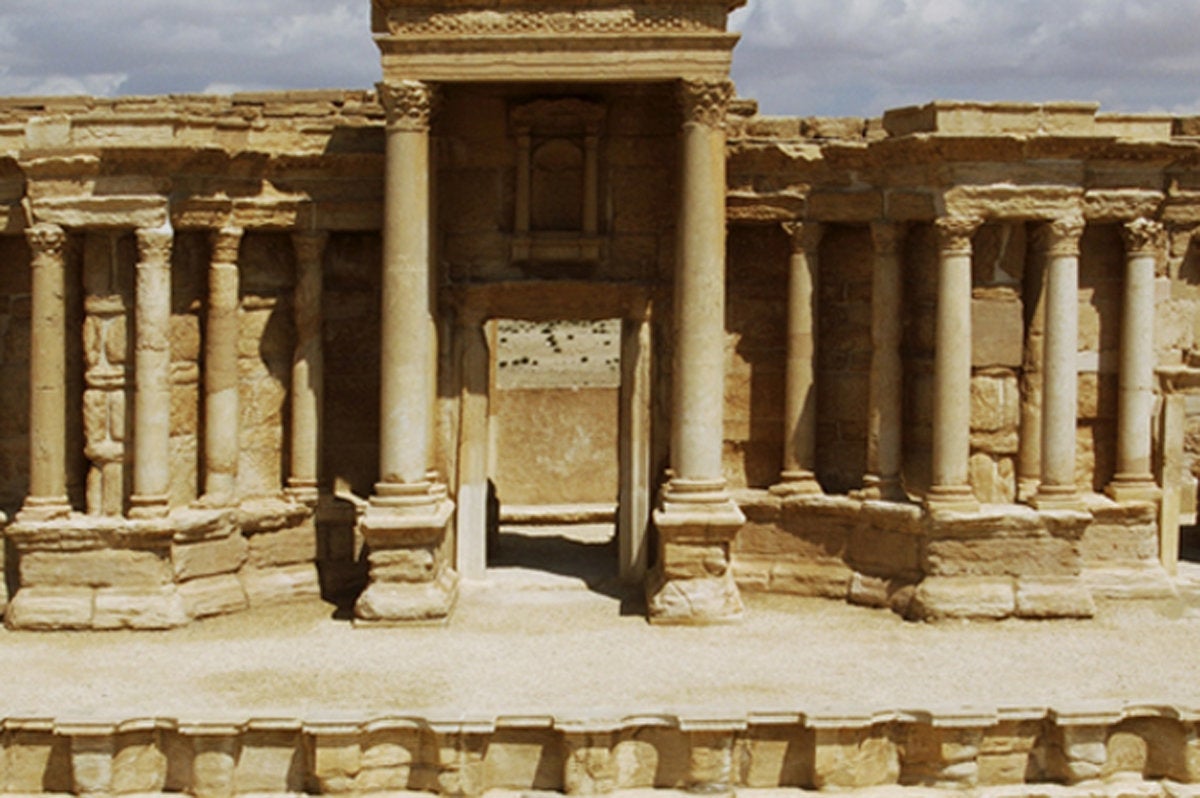
In August 2015 Islamic State mercilessly destroyed Palmyra's iconic Temple Of Bel with high-powered explosives, sending with it close to two-thousand years of history including Roman-era relics and the iconic Arch of Triumph.

And recent reports suggest Russian air strikes continue to target Palmyra and its ruins, while numerous archaeological sites are being systematically targeted for excavation by criminals and armed groups.
These include the Apamea archaeological site in Hama, the Tell Merdikh archaeological site in the Idlib region, and the Dura-Europos and Mari sites in Deir el-Zour.
Citadel, Aleppo
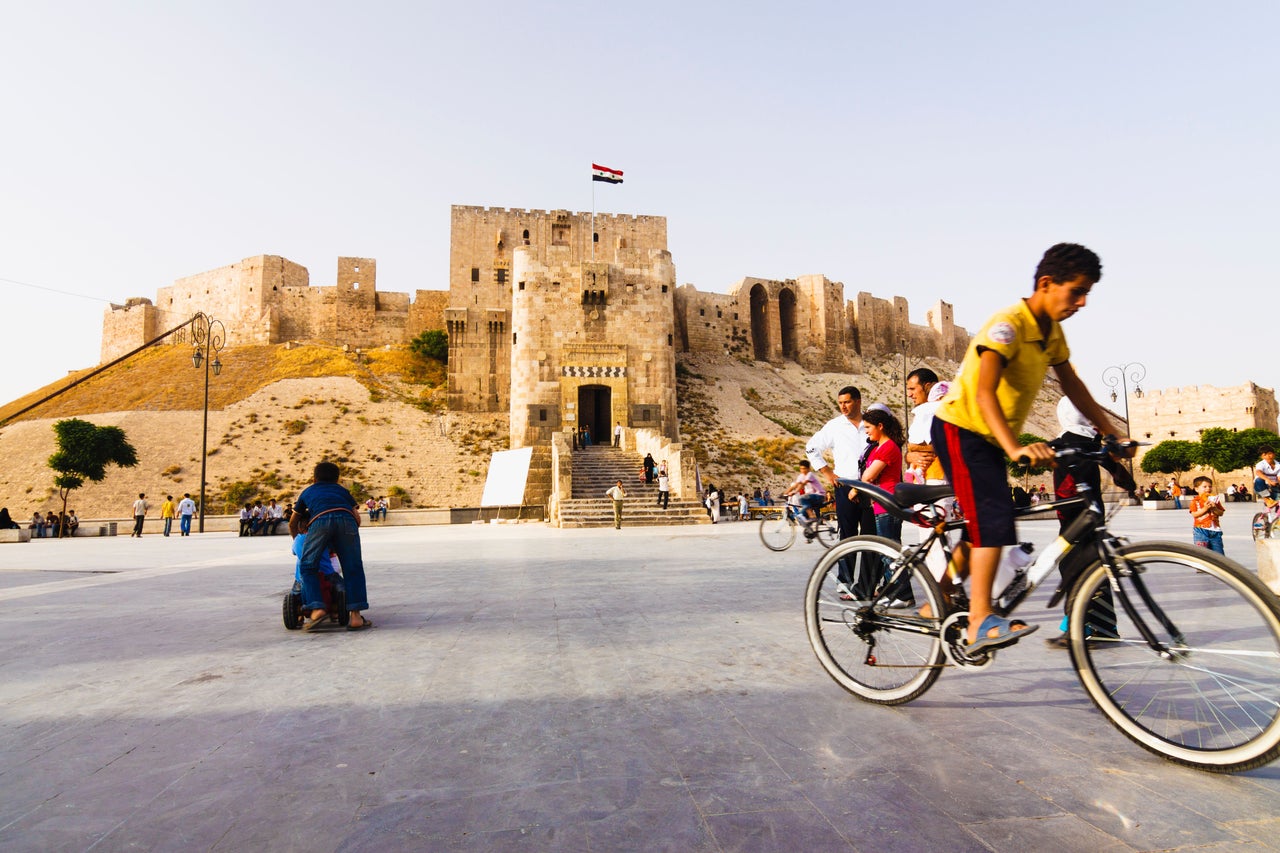
Aleppo’s historic old city was preserved by virtue of its 30-year status as a World Heritage Site.
It was "one of the best cities in the Middle East to just let your curiosity guide you," according to Lonely Planet.
Its hill-top Citadel is a medieval fortress which dominates the skyline, described as the city’s “most distinctive feature”.
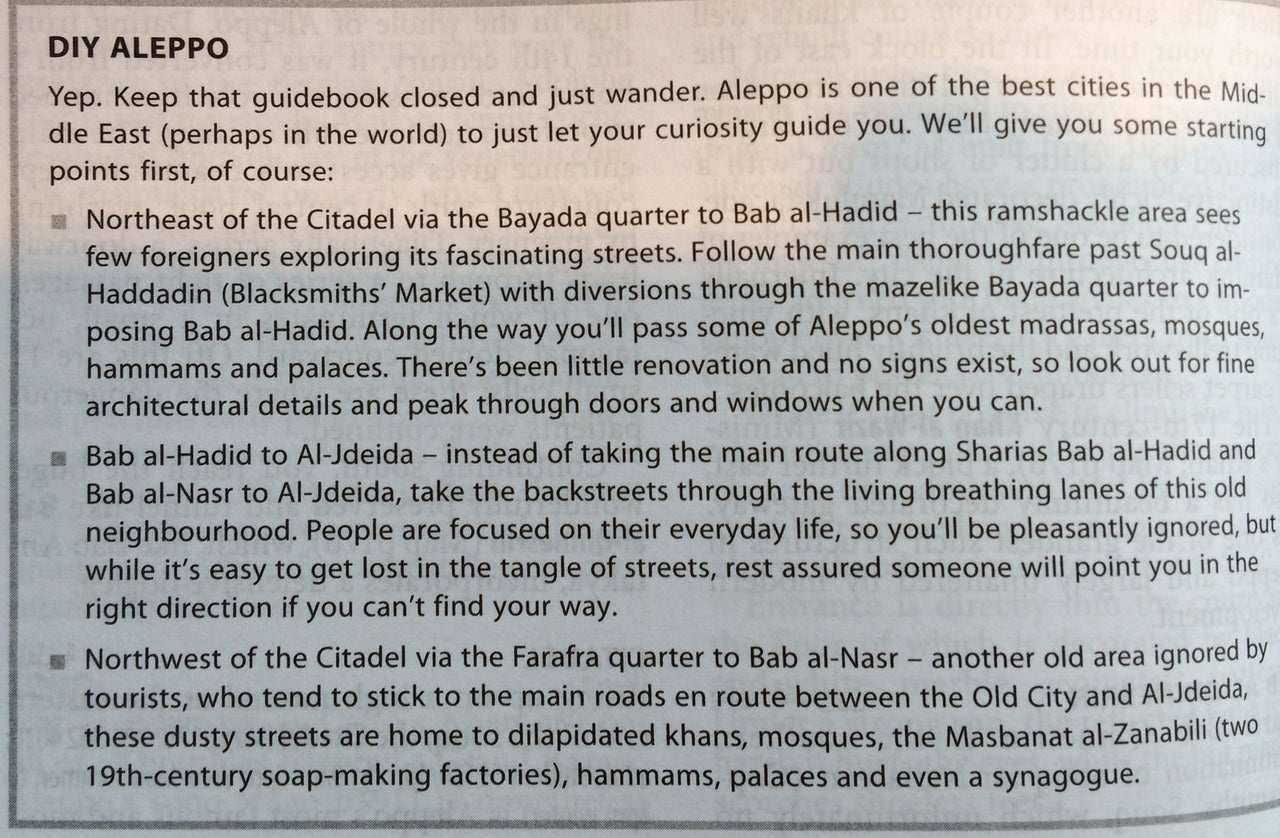
Yet just a year after Syria’s civil war began, the Citadel was recorded in terrible repair offering, as the Guardian notes, an “ongoing narrative of the impact of the war”.
Video apparently recorded after the beginning of hostilities shows the Citadel in a dire state.
And bombs were reported to have struck the site directly last year, causing its exterior walls to collapse completely.
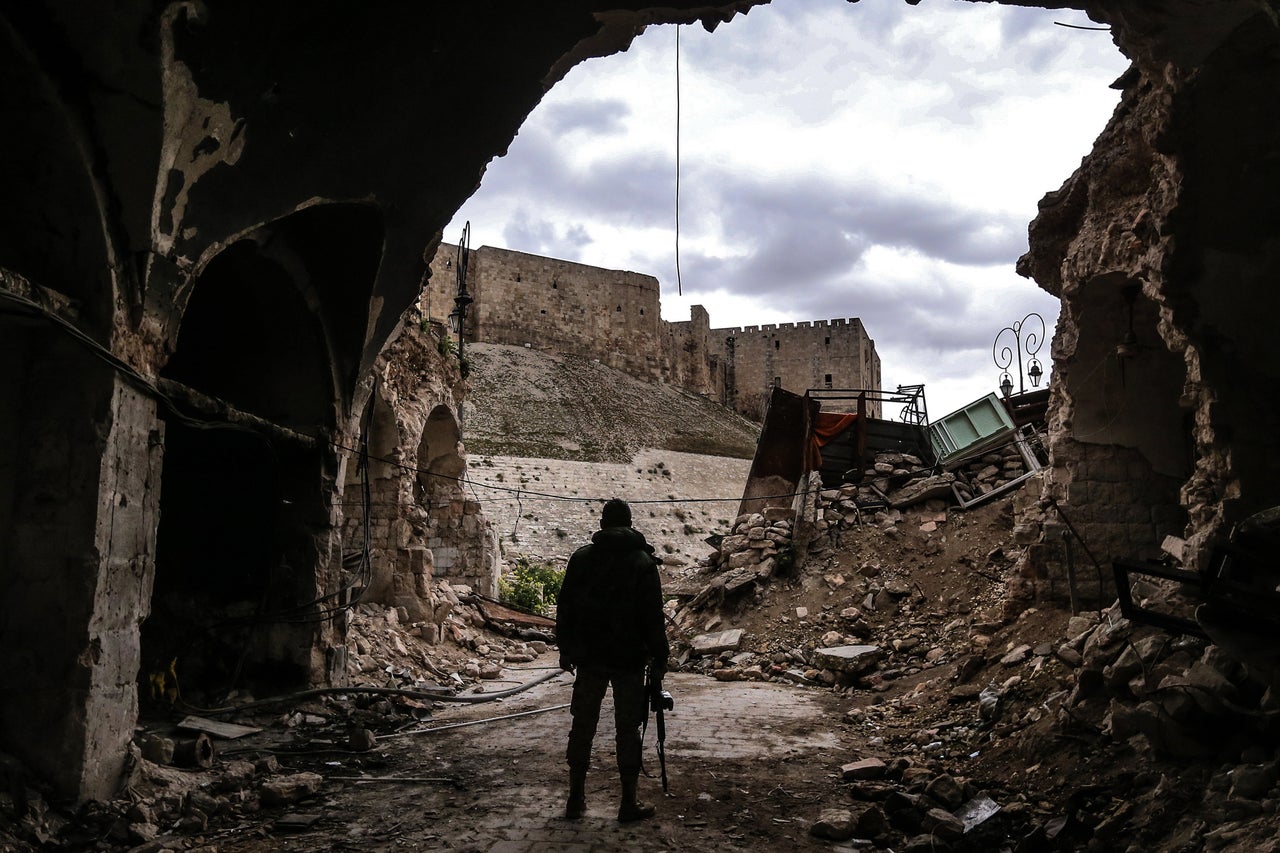
Despite one of the travel guides recalling "a regular stream of tour buses disgorging their loads outside the main entrance", it is now difficult to imagine the Citadel as a busy tourist attraction.
Meanwhile Aleppo continues to be under heavy bombardment from airstrikes as Syrian government forces attempt to stave off opposition.
Umayyad Mosque, Aleppo

The Umayyad Mosque in Aleppo is an iconic, medieval structure at the heart of the historic old city.
Famed for its 900-year-old minaret, the Great Mosque had survived earthquakes, fires, the whims of dictators and bouts of rebuilding.
“Once inside you’ll find the building’s architecture curiously artless,” Rough Guide recalls.
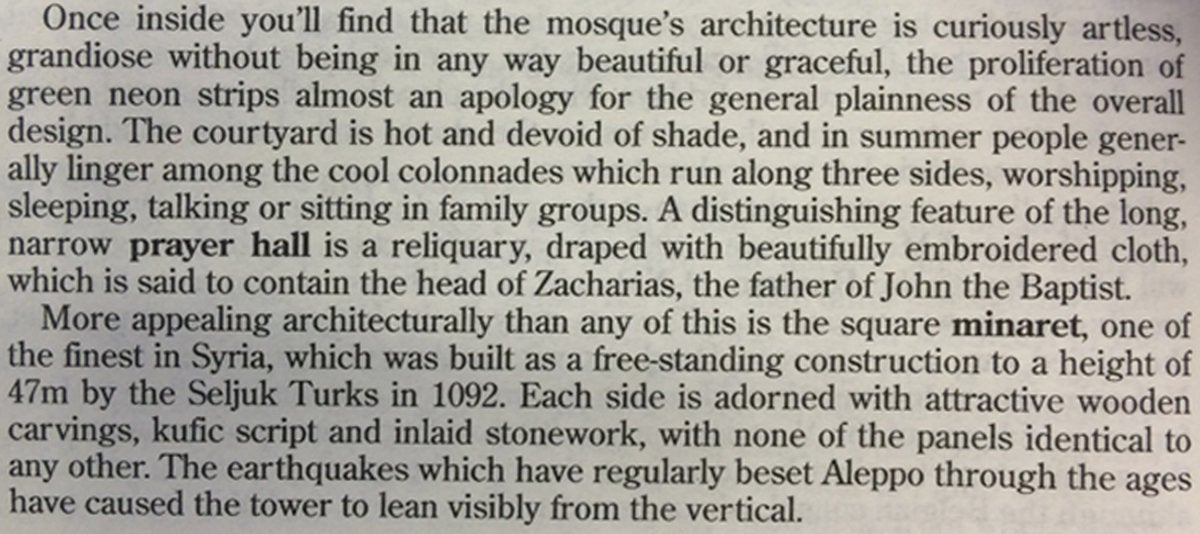
The minaret was the mosque's defining feature. “Each side is adorned with attractive wooden carvings, kufic script and inlaid stonework,” the guide wrote.
It is the younger sibling of the Umayyad Grand Mosque in Damascus, which is believed to be the number three mosque in the world.
Yet unlike in Damascus, the Aleppo building has suffered heavy damage from bombings, which some experts fear will be irreversible.
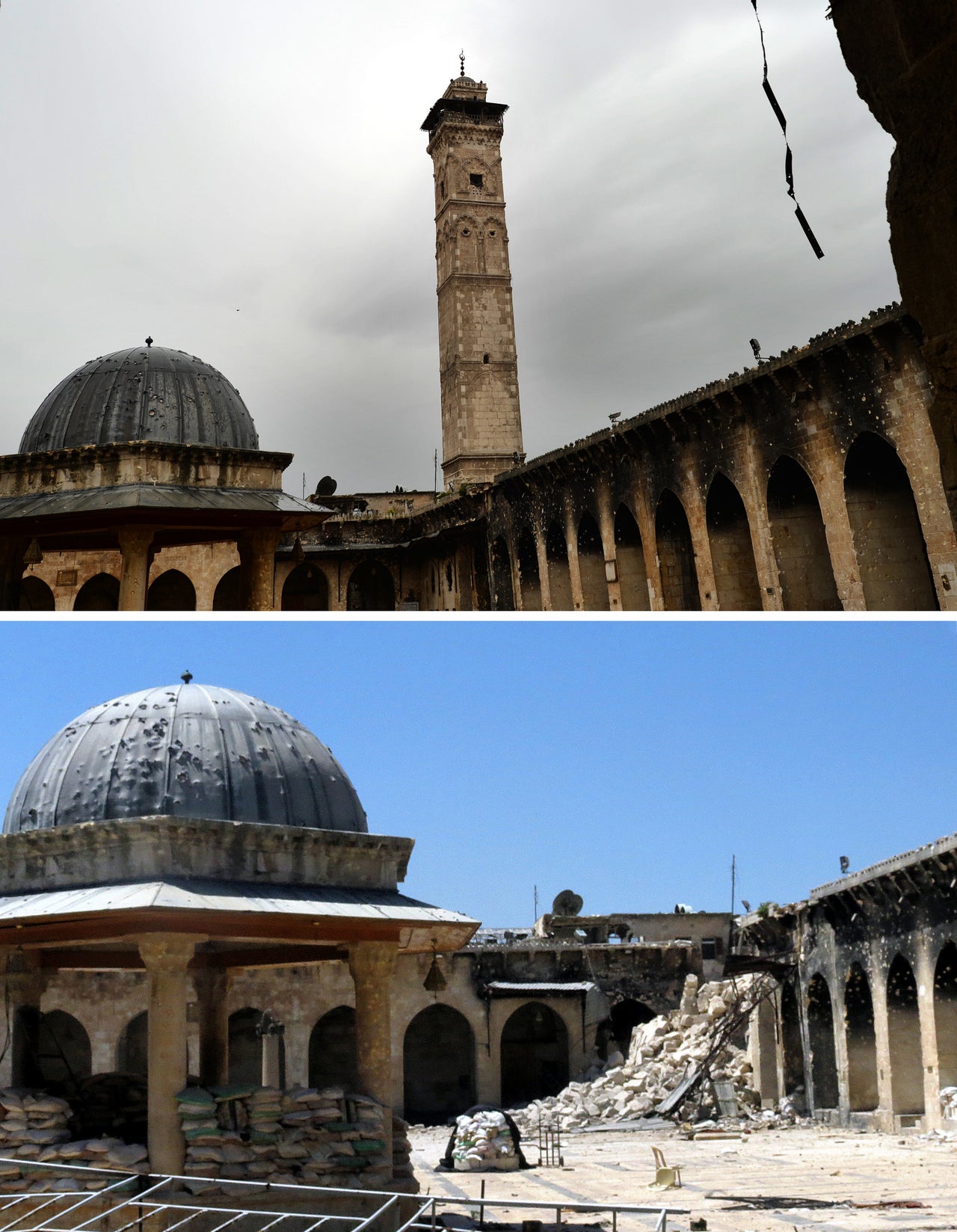
Barrel bombing has rendered the mosque's internal courtyard unsafe.
While its famous minaret has been toppled completely after bombing in April 2013.
Souks, Aleppo
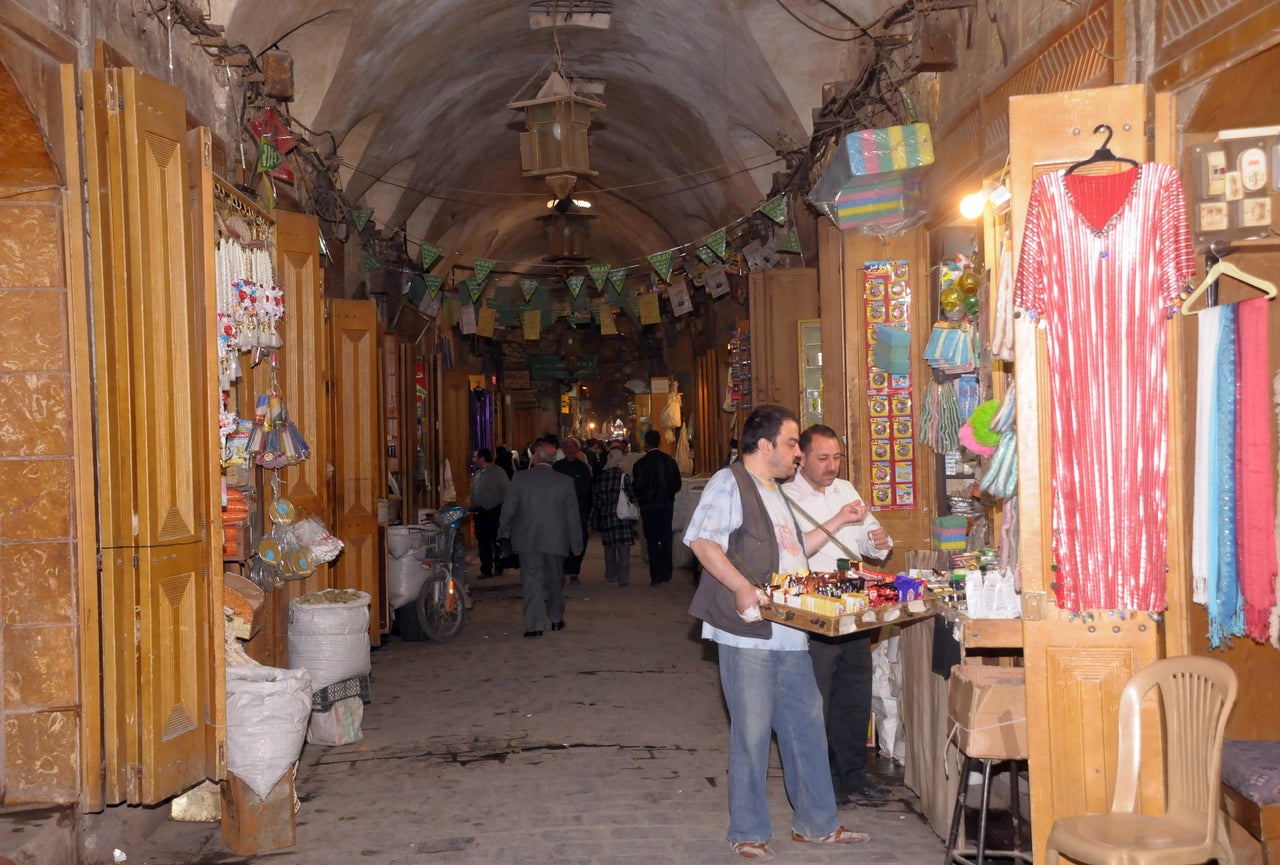
Some of the most historic areas of Aleppo's souks have been selling merchandise since 1450.
"There is little pressure to buy from the traders, most of whom talk genially on mobile phones while drinking endless tiny cups of strong, sweet tea," Rough Guide recalls.

"Don't forget to bargain fiercely for what you want," it advises.
But by September 2012, fighting between the Free Syrian Army and the Syrian Armed Forces had forced traders to flea, leaving their stores empty and the souks deserted.
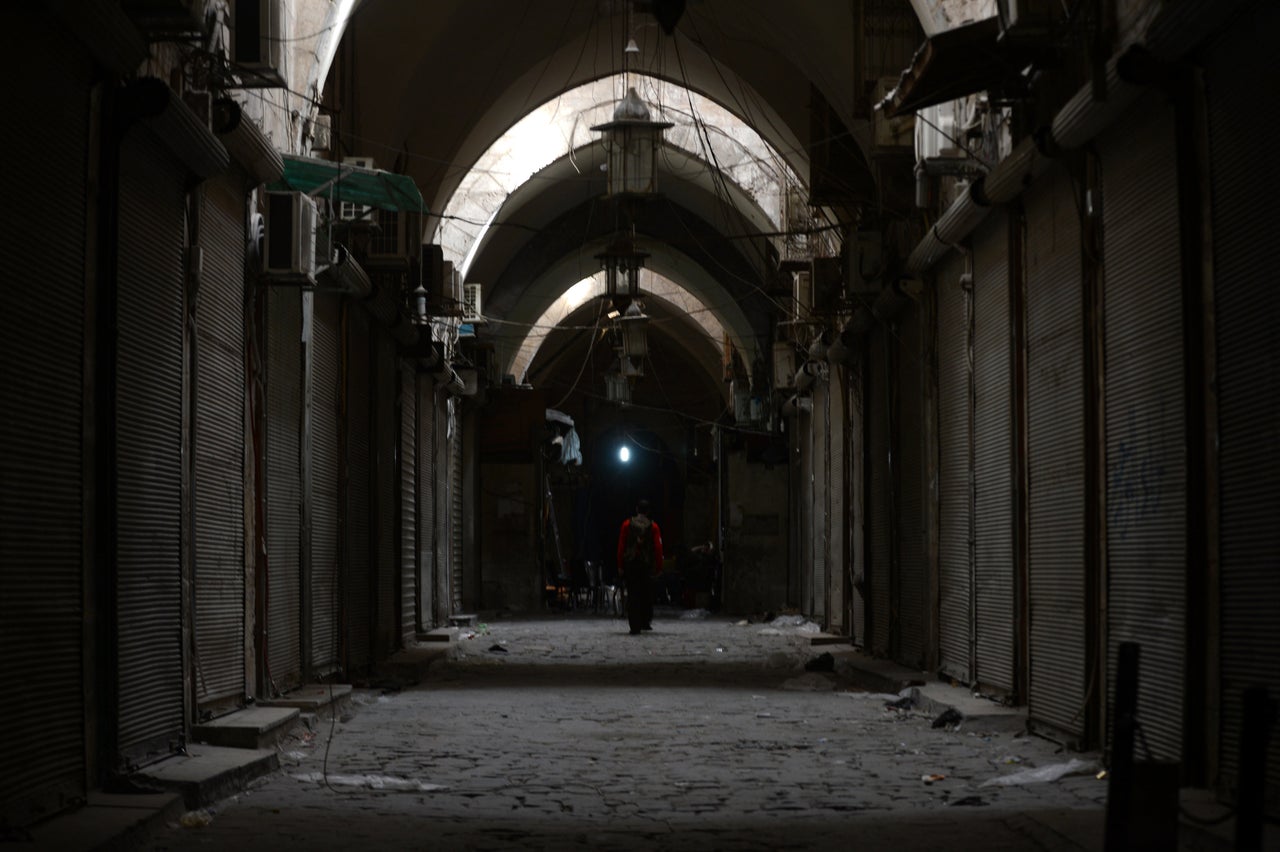
al-Maraa Museum, Maaret Al-Numan
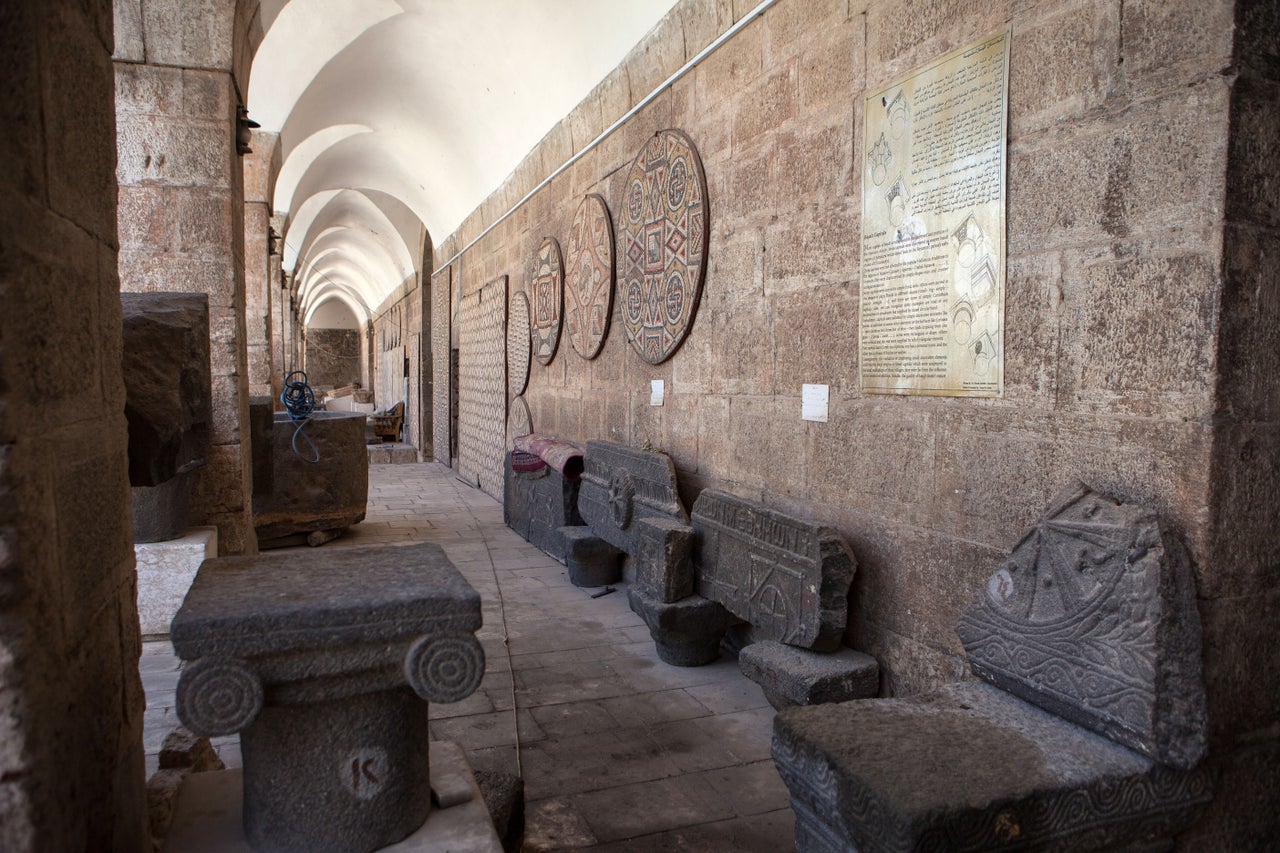
The al-Maraa Museum at Maaret Al-Numan is said to have held the third largest collection of Roman mosaics in the world.
Rough Guides described exhibits as "most finely executed" but with a "garish mosaic of [President] Assad above the entrance.

A breathtaking 2012 photo series by captured British photographer John Cantlie chronicles the museum's fall to rebel fighters.

The museum is now in ruins after a 2015 barrel bomb attack, with precious exhibits that were too big to move now destroyed.
Cantlie remains in the custody of Isis, though his whereabouts is currently unknown.
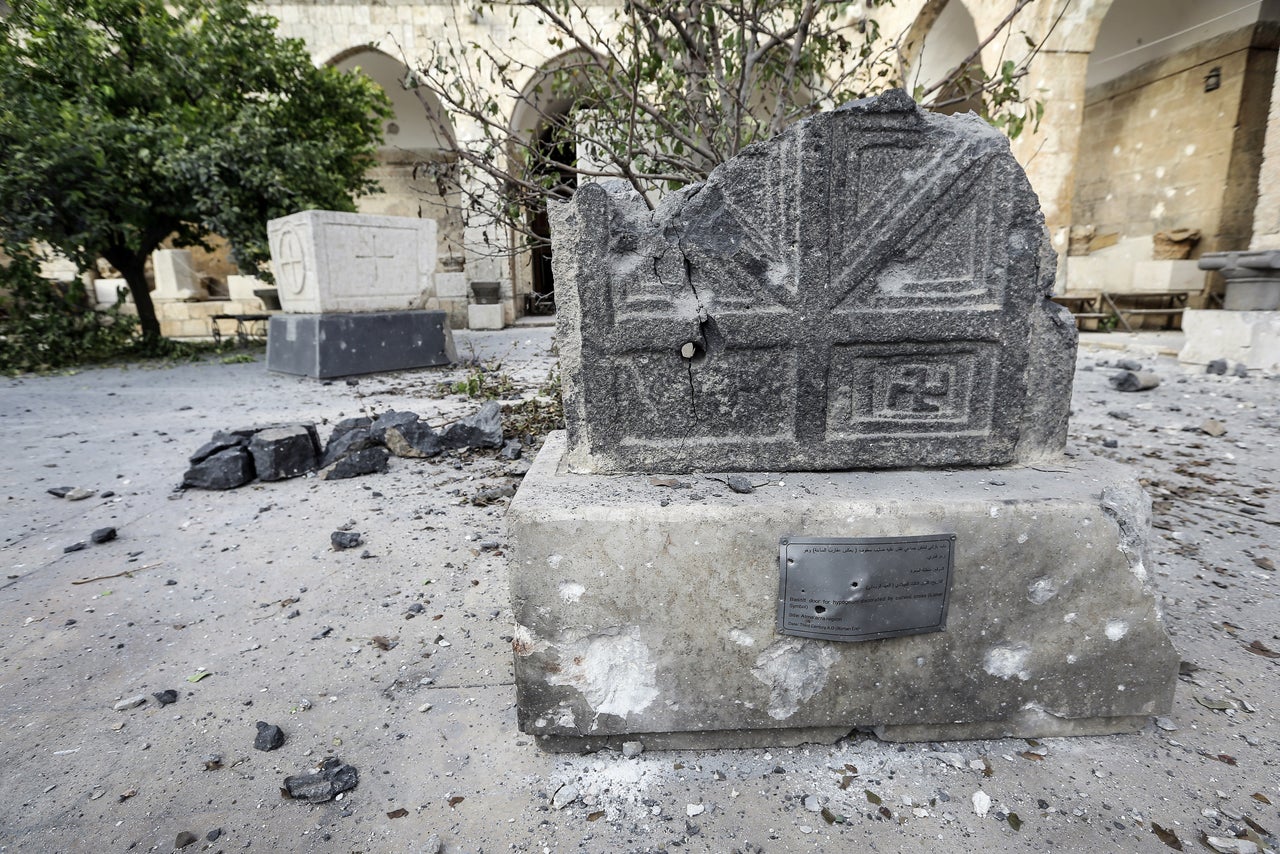
Raqqa
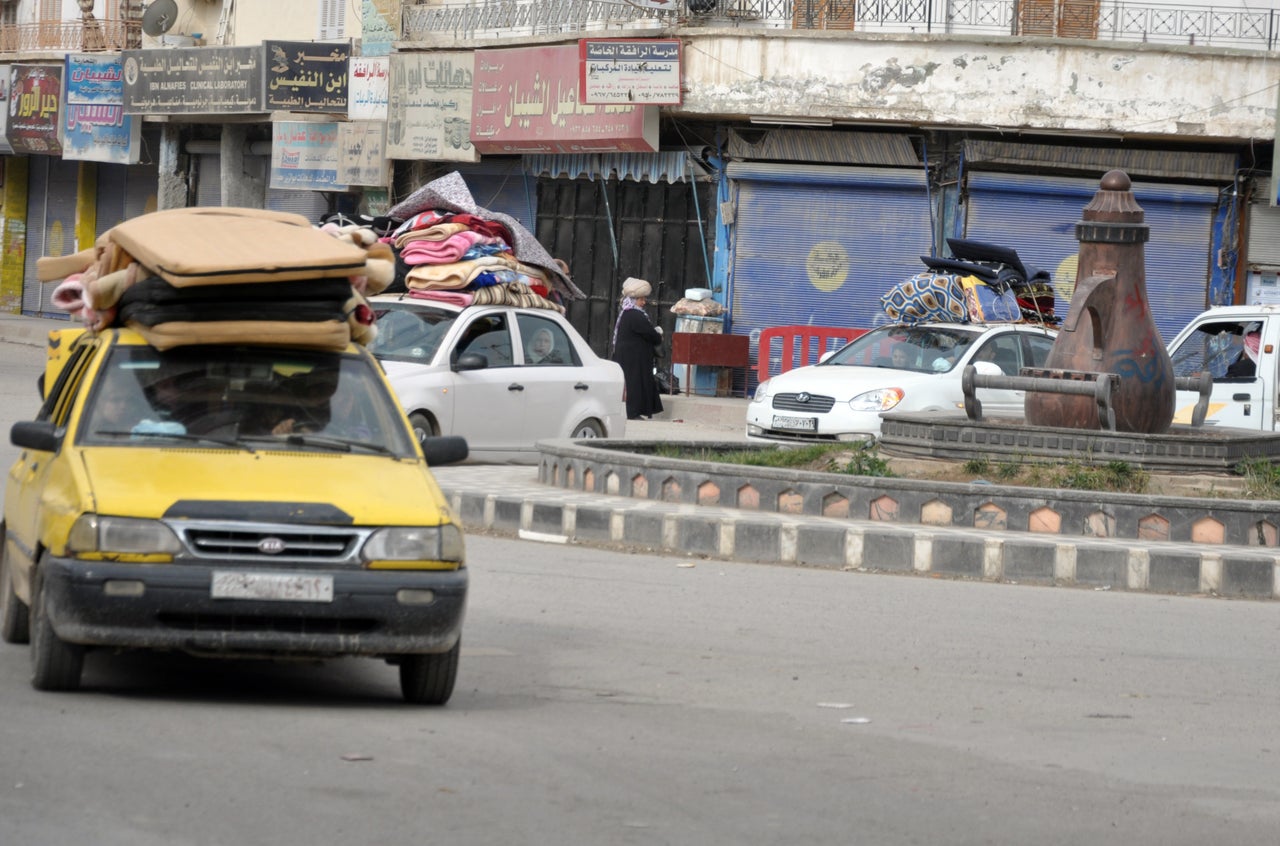
"There's nothing very inspiring about Raqqa," Rough Guides notes, "next to nothing of its former glory remains."
Yet despite the lackluster description, Raqqa did have a crown jewel - a hotel named the Karnak.
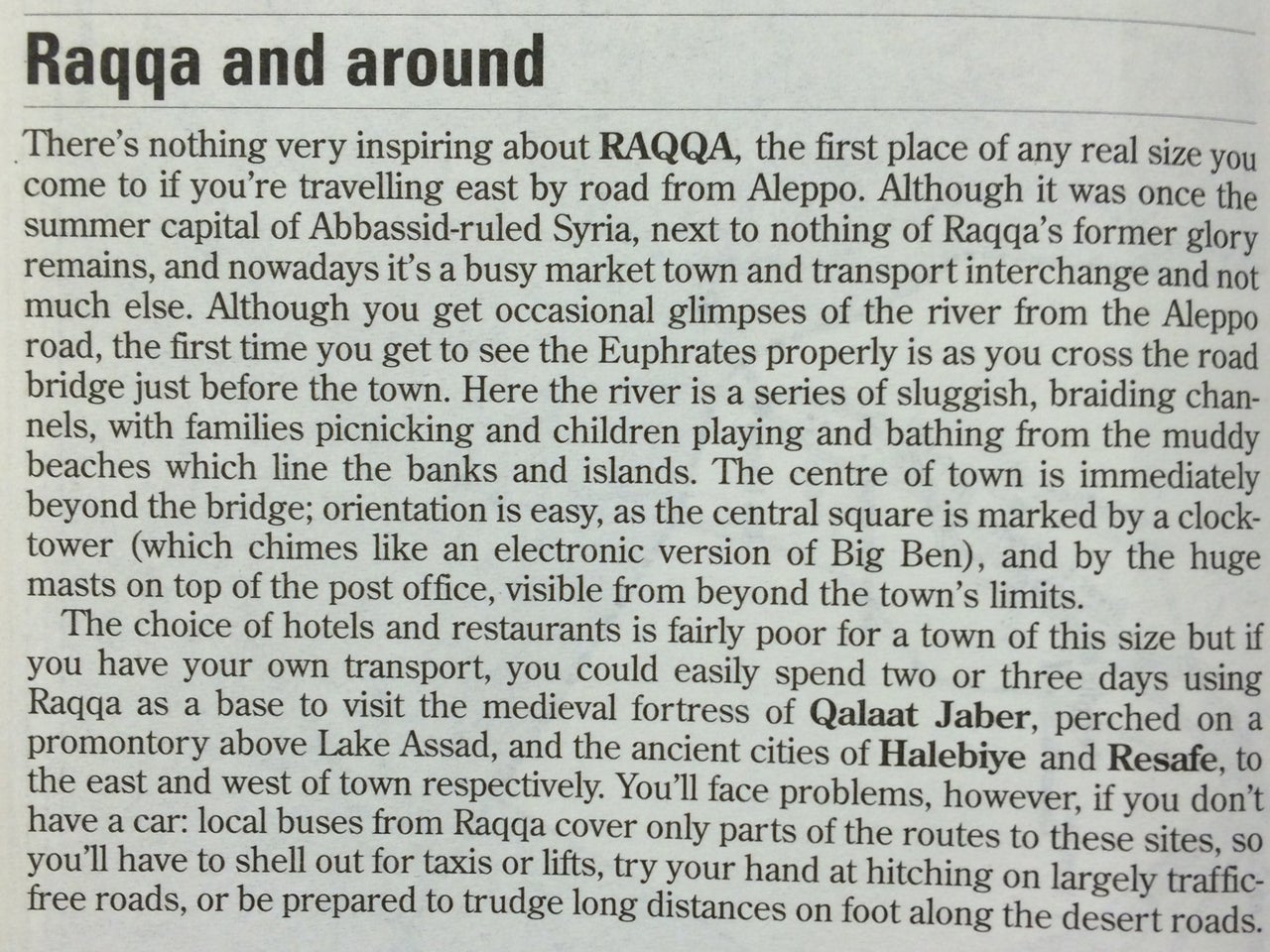
"If you can get past the crazy coloured brickwork in the foyer, which looks as if the owner put a 5-year-old in charge of decoration," quipped a reviewer on TripWolf.
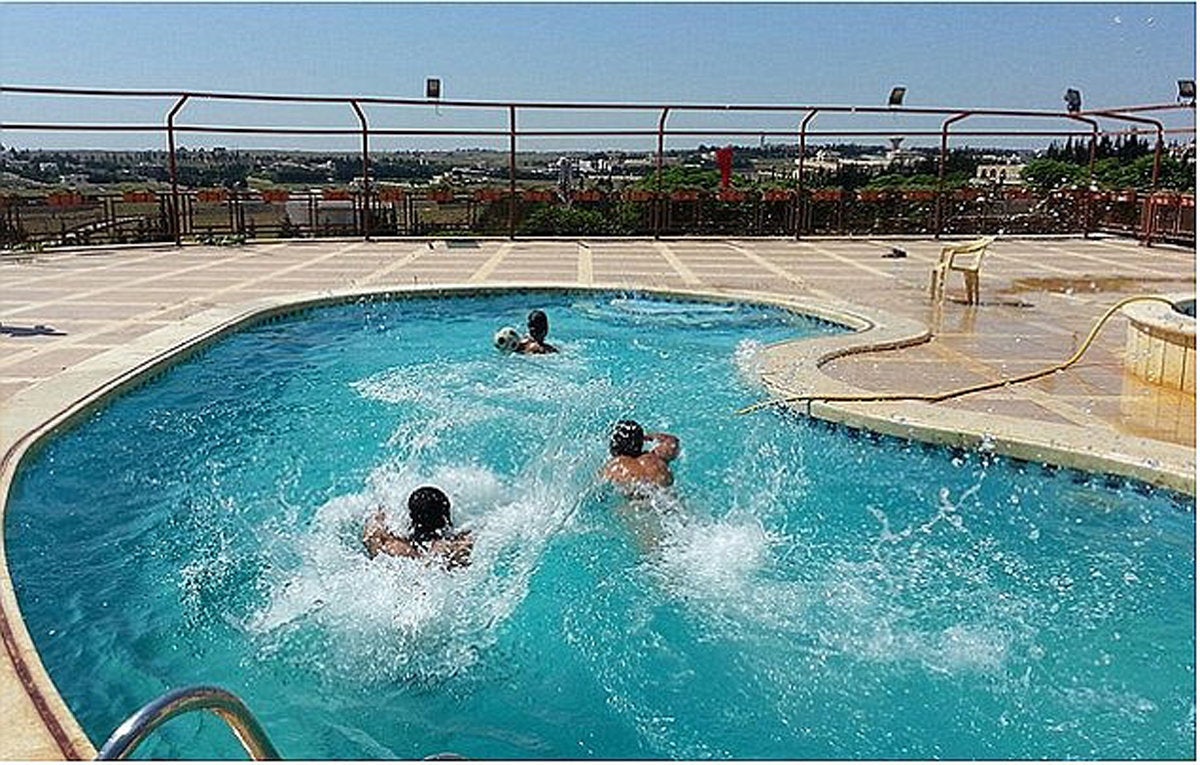
The city has now become the centre of the so-called Islamic State, from where it runs operations across Syria and Iraq - and Isis appears to have taken over the Karnak to house its fighters' families.
As a result of Isis's presence, it has been heavily targeted by air strikes and the most recent images from within the city show the devastation of bombing by government forces.
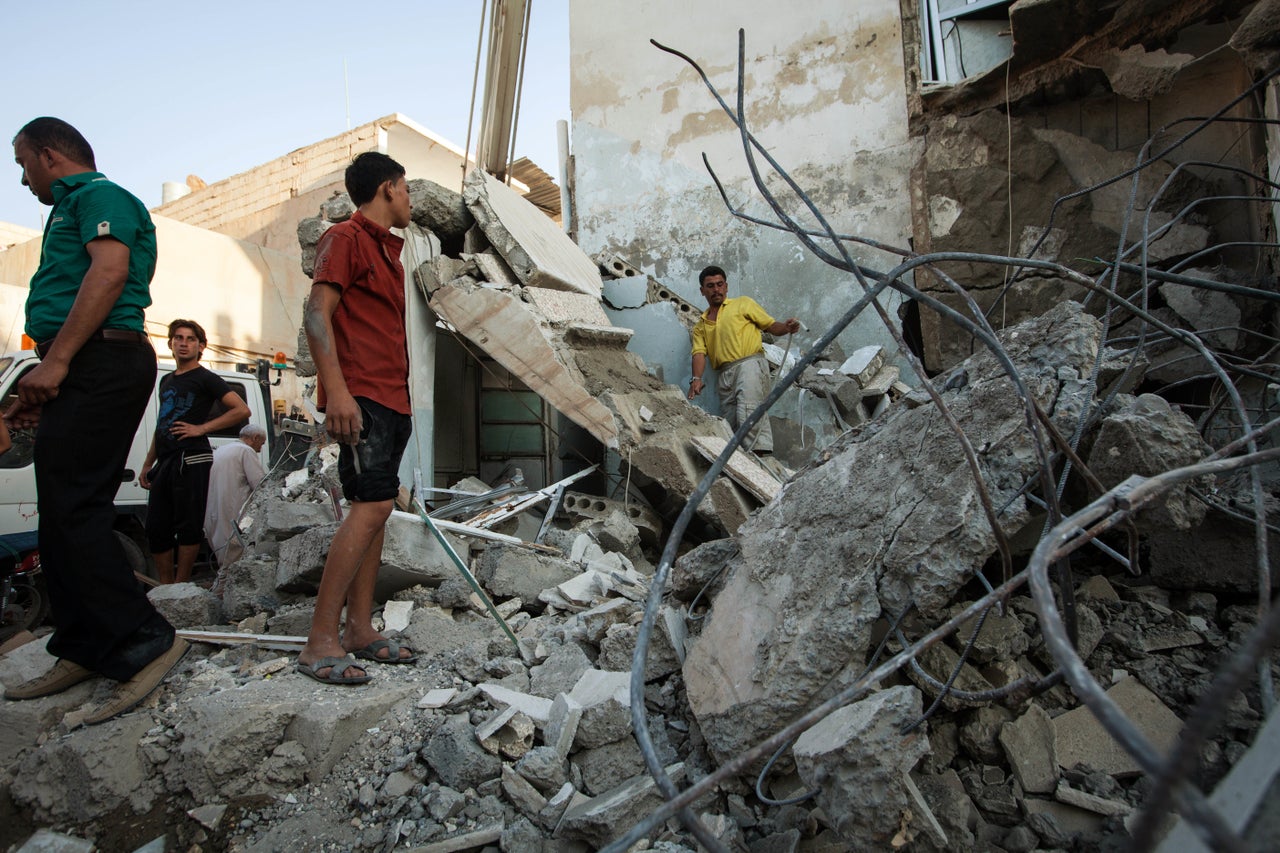
Zabadani
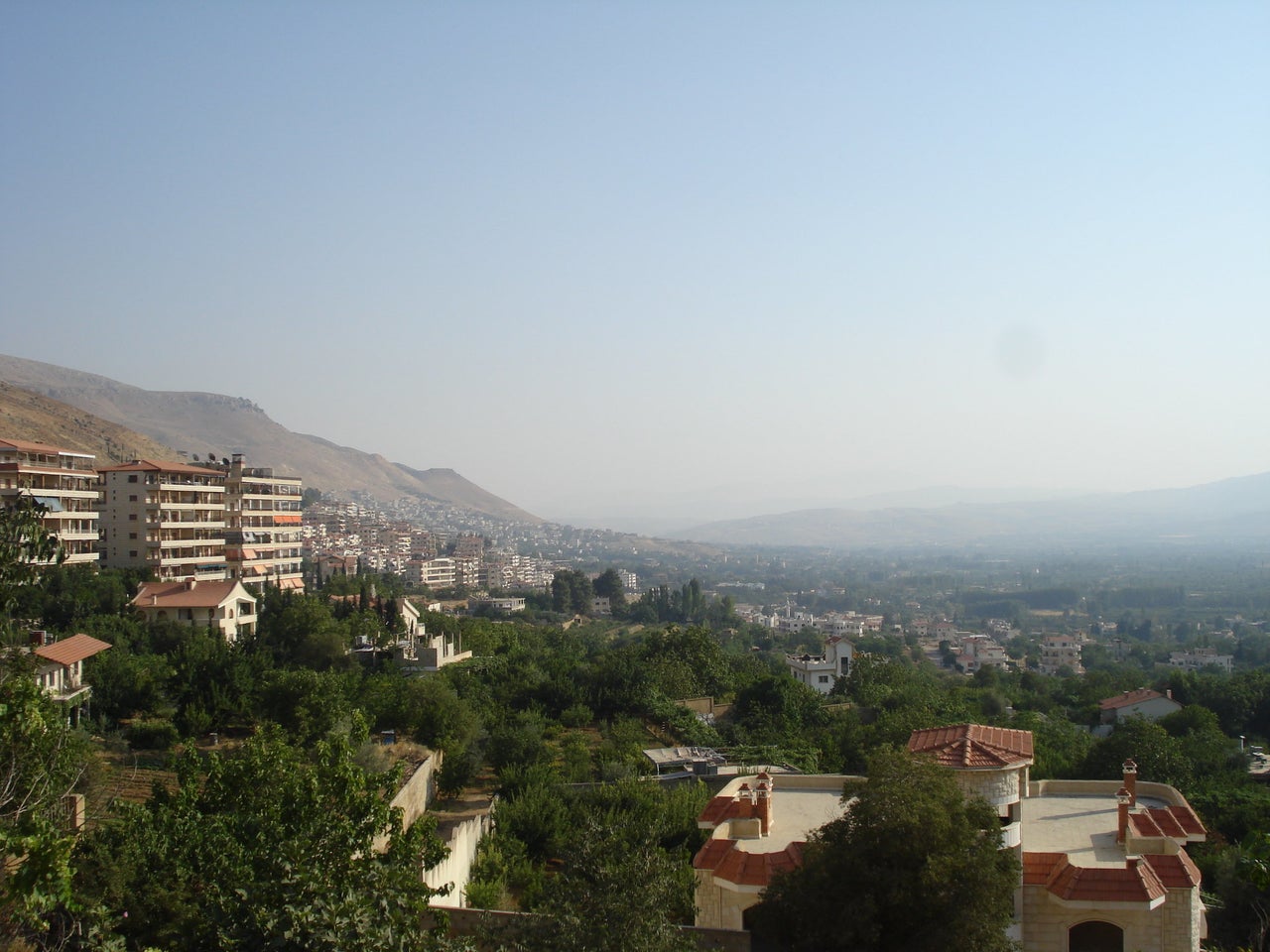
Due to its cooler weather and lush scenery, Zabadani became a popular place for Syrians to escape life in the dusty cities.
"Zabadani is a shamelessly summer-orientated resort where Syrians and foreign visitors come simply to cool off," says Rough Guide.
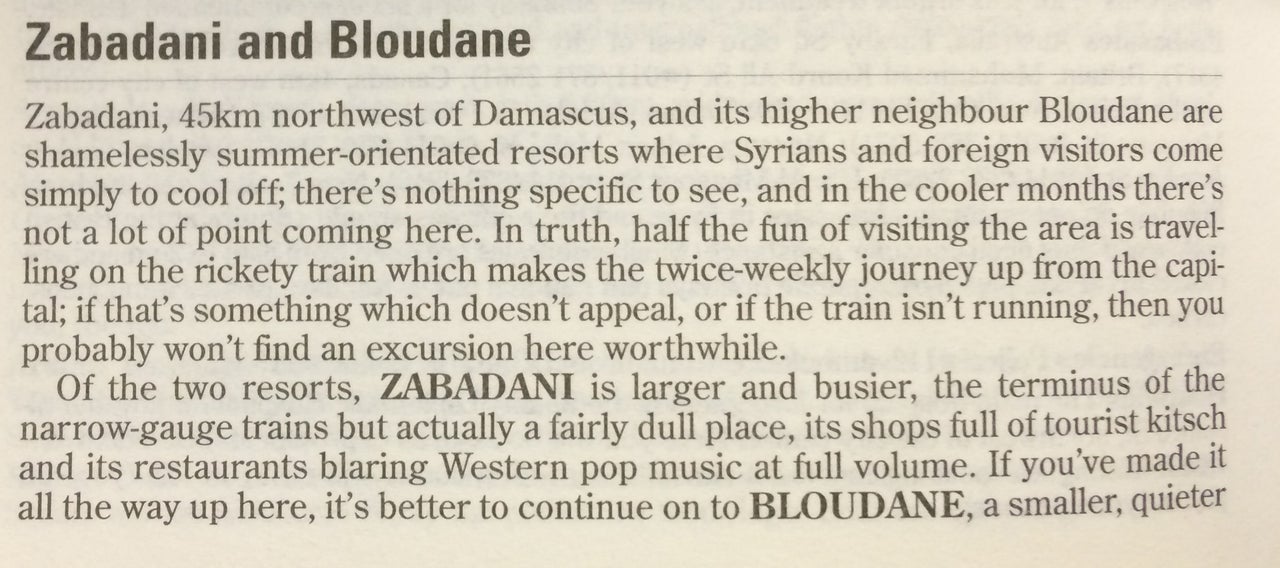
The civil war turned it into the scene of bloody battles and has been a logistical base for Hezbollah and the Iranian Guards.
It is currently under the control of the Syrian government, after opposition fighters fled the city last year.

With reporting from Chris York.
